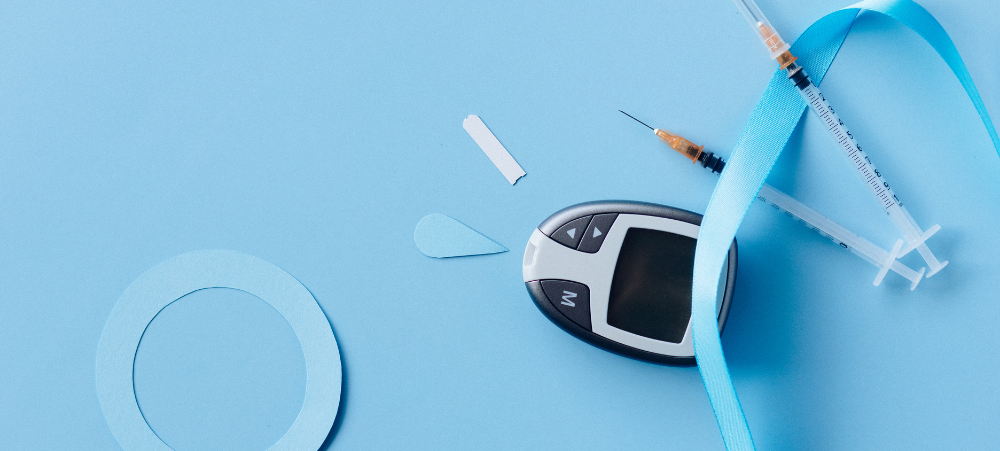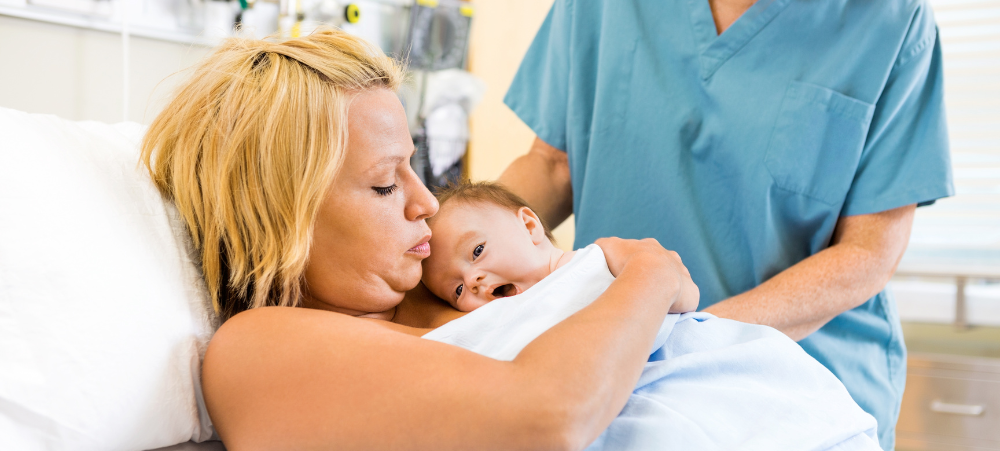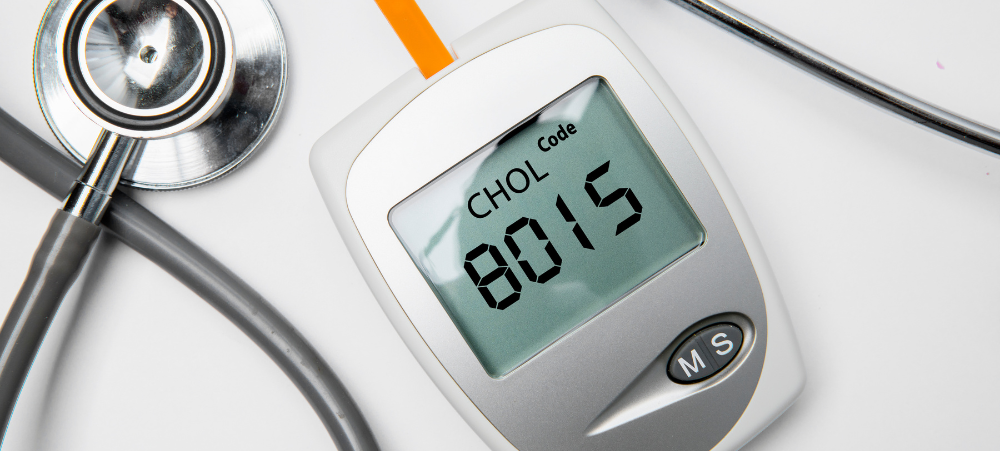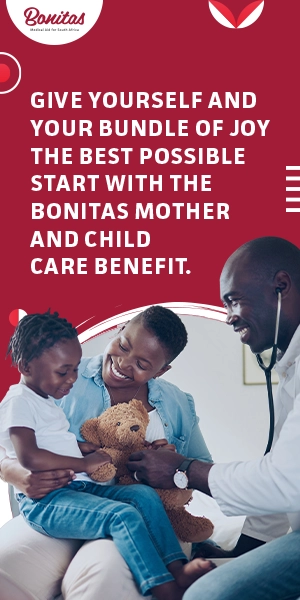
Movember – it’s not just about prostate health
November or Movember is traditionally when men around the world grow a moustache to raise awareness and funds for men’s health – specifically prostate cancer. And, although the campaign is synonymous with prostate cancer, it’s also about testicular cancer, mental health and suicide prevention. The clinical team at Bonitas Medical Fund take us through some of the essential health checks and screenings for men. These are tests to check for diseases and health conditions, even before you have any symptoms. By detecting diseases early, they are often easier to treat. Prostate cancer Prostate cancer is one of the most common types of cancer in men. It occurs in the small walnut-shaped gland that produces the seminal fluid that nourishes and transports sperm. The growth is normally slow, and it is the one type of cancer from which you have the best chances of recovery. However, while some types of prostate cancer grow slowly and may need minimal or even no treatment, other types are aggressive and can spread quickly. Most men with prostate cancer are older than 65 years and, with the correct treatment, have good outcomes. Men from the age of 50 (40 – 45 for those at high risk, with a family history of prostate cancer) should have an annual prostate examination. Checking for prostate cancer? Your doctor will recommend a blood test to check the levels of Prostate Specific Antigen (PSA) in your blood. PSA can be elevated in men who have prostate cancer. This must be supported by a rectal examination. For 2024, Bonitas has introduced the Be Better Benefit, paid from risk for a range of screening tests and benefits to allow for early detection. This includes an annual PSA screening test on all plans except BonCap. Factors that affect prostate health include Lifestyle: A healthy lifestyle that includes maintaining a balanced diet rich in fruits and vegetables, regular exercise and avoiding excessive consumption of alcohol and tobacco can contribute to prostate health Hydration: Staying well-hydrated is important for overall health. Drinking plenty of water can help flush out toxins and maintain prostate function. Medications and Supplements: Some medications and supplements, like alpha-blockers, 5-alpha-reductase inhibitors and saw palmetto, may be used to manage prostate conditions. However, it’s important to consult a healthcare professional before using any of these. In summary, maintaining prostate health and being aware of the risk factors and symptoms are essential aspects of men’s health. Regular check-ups, self-examinations and a healthy lifestyle can go a long way in preventing and managing these conditions. It’s crucial to consult with a healthcare professional for personalised guidance and early detection. Testicular Cancer Testicular cancer is relatively rare and typically affects young and middle-aged men. Here are some key points about testicular cancer: Regular self-examination of the testicles is essential. This involves gently feeling the testicles for any lumps, changes in size or unusual sensations. If any abnormalities are detected, it’s important to seek medical attention promptly. Common symptoms include a painless lump or swelling in the testicles, a feeling of heaviness in the scrotum and discomfort or pain. The main treatment is surgery to remove the affected testicle. Depending on the type and stage of cancer, additional treatments such as chemotherapy or radiation therapy may be necessary. The prognosis for testicular cancer is generally quite good, especially when detected early While the exact causes of testicular cancer are not well-understood, certain risk factors include a family history of the disease, undescended testicles and a personal history of testicular cancer Mental Health in men Mental health is of critical concern in South Africa, and it affects both men and women. Men, however, may face specific challenges and stigmas related to mental health. The clinical team at Bonitas stress that, ‘Mental illness is not a character defect, it is a health problem just like arthritis, diabetes or cancer. Fear and misunderstanding often lead to prejudice against people with mental illness and addiction which is a serious barrier to diagnosis and treatment.’ The economic uncertainty, political instability and poor socio-economic conditions in SA have also added to the burden of mental health issues. ‘We have seen a 25% increase in the number of mental health hospital admissions, indicating a need for additional support,’ says Lee Callakoppen, Principal Officer of Bonitas. ‘This need is particularly high in the 18 to 44 age groups. We have further noted that mental health was a key driver for absenteeism in corporate groups.’ Anxiety disorders and depression are the most common mental health problems but others include eating disorders, post-traumatic stress disorder (PTSD), obsessive compulsive disorder (OCD), bipolar mood disorder as well as psychotic disorders such as schizophrenia and personality disorders. Substance abuse, such as drugs and alcohol, is also classified under mental illness. Here are some important points regarding mental health: South African men, like men in other parts of the world, may face societal pressures to conform to traditional notions of masculinity, which can make it difficult to express emotions or seek help for mental health issues. Mental health conditions may be underreported and untreated due to the stigma associated with them. Access to mental healthcare services can be limited in certain areas of South Africa, particularly in rural regions. This can create barriers to seeking help for mental health issues Substance abuse issues are often intertwined with mental health problems. Turning to alcohol or drugs will just exacerbate mental health challenges. In response to what is rapidly becoming a mental health crisis, medical schemes are stepping up. Bonitas, for example, has a Mental Health Programme (MHP) which is part of the Scheme’s Managed Care initiatives. The programme, which is primarily education driven, is aimed at improving quality of life and empowering people with mental health issues to manage their condition. In addition, Bonitas was the first medical scheme to offer it members Panda, a mental wellness app. Panda provides scientifically validated assessment tools to enable users to measure their mental wellbeing objectively. It also enables members to book one-on-one

































